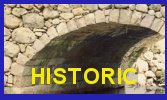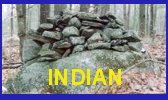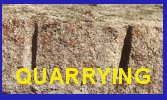|
The Art of Splitting Stone
Early Rock Quarrying Methods in Pre-Industrial New England 1630-1825
New 3rd Edition 2022
By Mary Gage & James Gage
The Art of Splitting Stone is a detailed study of the history, tools, and methods used to split, hoist, and transport quarried stone in pre-industrial New England (1630-1825). It is an invaluable resource for historians, archaeologists, and stone masons interested in identifying and dating early stone splitting and quarrying methods. The amateur researcher and avid outdoors person will find the book useful as a field guide to identifying split boulders and stone quarries abandoned in the woods.
Trade Paperback, 229 pp. 163 illustrations. 8 ½ x 11 in.
ISBN 978-1-7338057-2-8
$16.00
Available from Publisher www.PowwowRiverBooks.com
Available from Amazon.com
|








